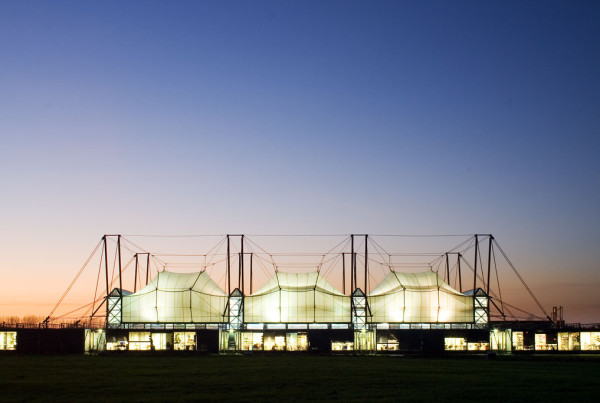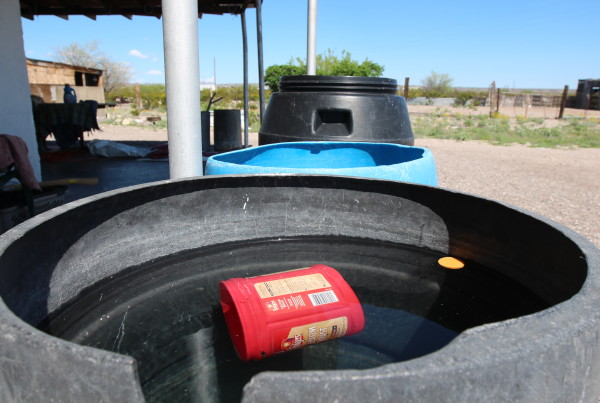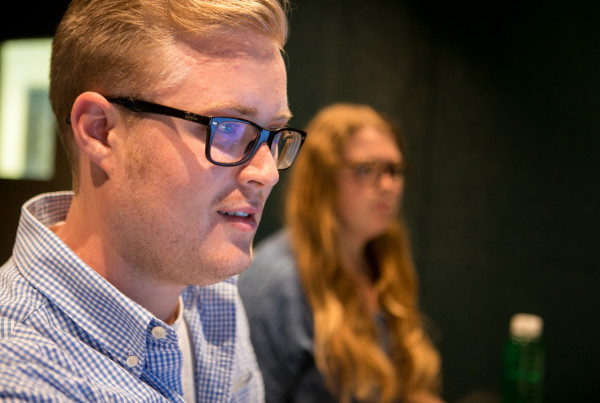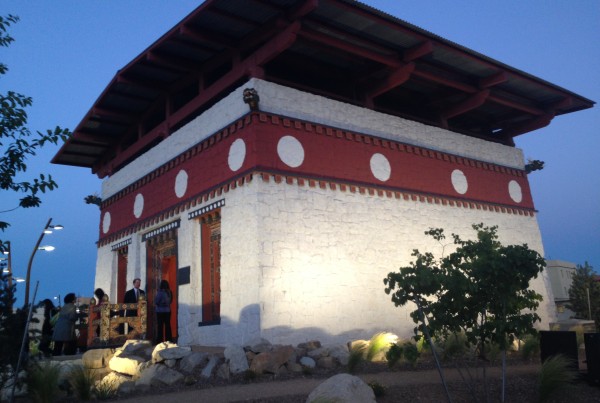This story originally appeared on KERA News.
There’s a new after-school club in Denton ISD where kids can play computer games. But they’re not just staring like zombies into screens. This is also an introduction to computer coding. The goal is for kids to learn while having fun.
Harpool Middle School’s busy, after-school Minecraft club is packed with 6th, 7th, and 8th, graders. These kids in Denton ISD love this parent-approved computer game where you try to survive a night of enemies by building structures for protection. Kind of like the “Three Little Pigs.” In the English fairy tale, the smart, industrious little pig builds the best house from brick. What 12 year-old Ayden Munger likes about Minecraft? He’s the builder. Under his game name Ayden the Panda, he created a huge stadium.
“Your object is to survive in a giant world, basically endless world,” Ayden explains. “And there’s creativity built into it. So you can build houses, a city as far as your imagination takes you.”
Ayden’s joy is a goal of this club. Robert Justice, a father of five, thought Denton ISD needed a computer club, what he calls a team for nerds.
“If you’re good at soccer and terrible at science you go to soccer. If you’re great at science and terrible at soccer, where do you go, right? In soccer there’s a coach, assistant coach and a bunch of volunteers. We don’t have that in technology,” Justice says.
This club is new for Denton ISD middle-schoolers. It’s not only for kids who like computer games, it’s designed to introduce them to computer coding. Minecraft is just the bait. In this game, if you want something that’s not there already, you have to add it by creating a new code.
“It’s cool to play Minecraft. But it’s not cool to want to learn how to code,” says Misty Maxwell, the technology specialist at Harpool.
“So we bring them in,” she continues, “we let them play Minecraft for a little bit, and then we say ‘hey come over here and look at this real quick. What do you think about that, do you like it? Let’s learn more.”
This approach makes sense to Emmanuel Schanzer because it often works. He launchedBootstrap in 2006. The educational non-profit has taught thousands of kids math through computer programming and coding.
“You’re letting kids solve problems they care about. And that’s the best way to learn anything,” Schanzer says. “You pick something that matters to you and then you figure out what you need to learn to get it done.”
In Denton, Harpool Middle School’s Minecraft club has about 30 kids. One of them is 7th grader Rachel Weidman.
“This one you can use a lot of creativity,” Rachel explains, “do what you want, build what you want, go on servers and play with other people.”
And the next step? Rachel says “Well, I would like to learn how to code.”
Coding isn’t just important for the kids, but for educators too. Andrea Plum is a University of North Texas education student who helps teach kids in the Minecraft club.
“A lot of times,” Plum says, “teachers aren’t staying up to date with the technology. You know when they’re coming to the classroom it’s not engaging them like it should be.”
Plum says this game teaches more than science and technology. It incorporates history, geography, and architecture. She’s noticed players even develop social skills. That’s because kids play and collaborate online. Sixth grader Ayden Munger makes it clear.
“When you’re playing with another friend, usually it’s the survival thing again, you want to survive together. And you work with each other so you can get stuff done quicker and it’s really fun because you get to share the experience,” Ayden says.
In this club, students are not just playing. Parents who may have worried about their kids disappearing into a video game abyss can see them learning and bonding with friends.













